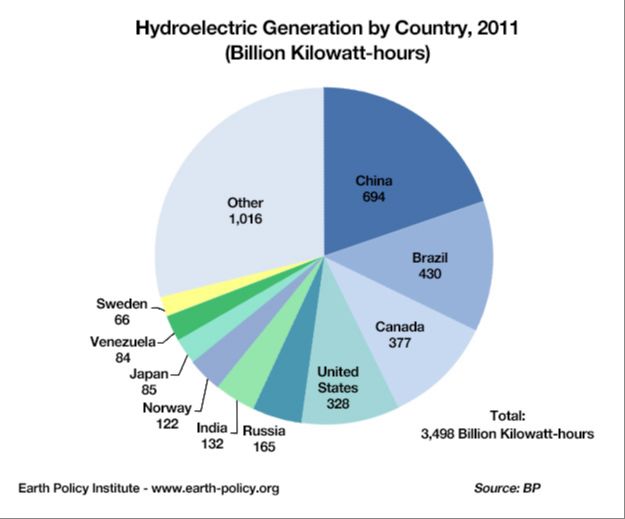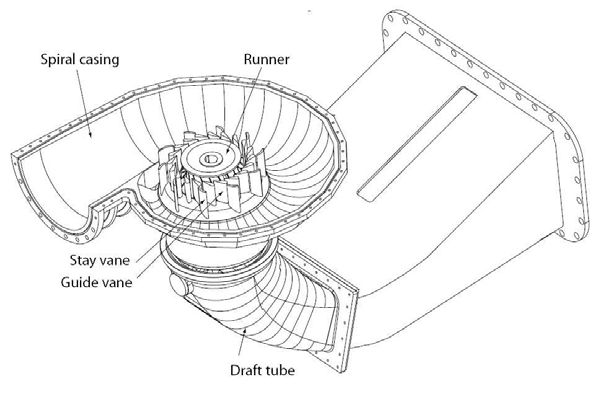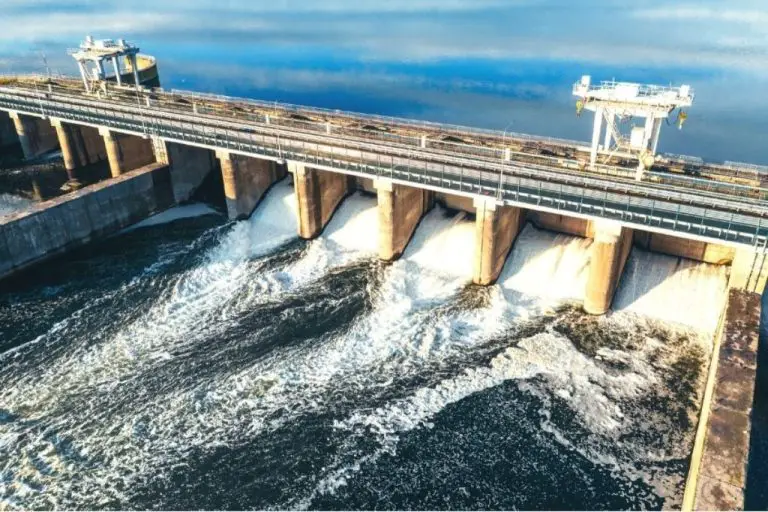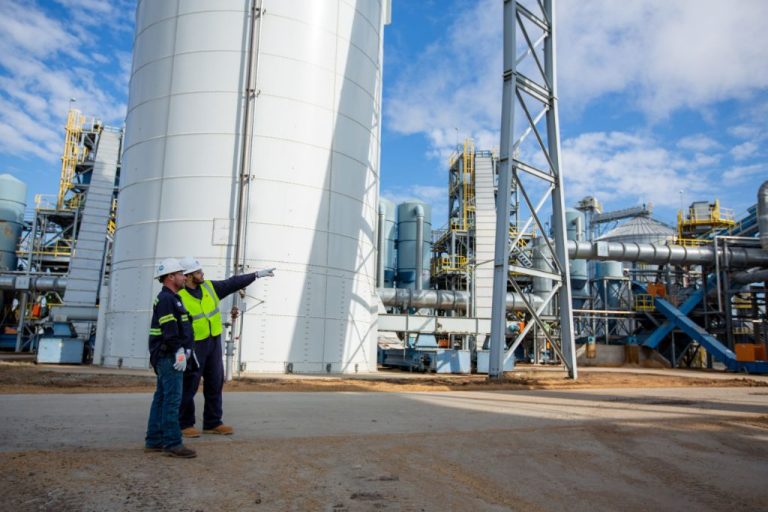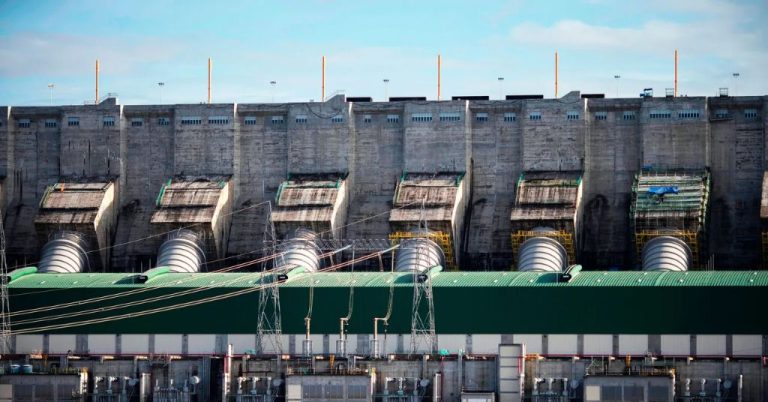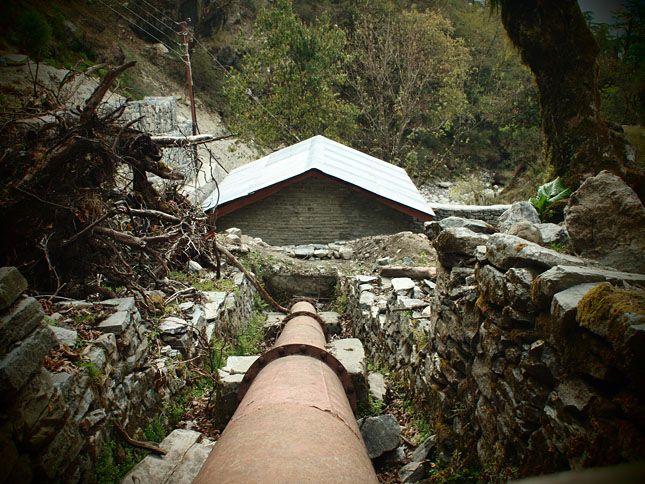How Much Does It Cost To Make A Hydro?
A hydroponic setup refers to the equipment and system used to grow plants without soil, using mineral nutrient solutions in a water solvent. The plants are grown with their roots directly exposed to the nutrient-rich solution.
Hydroponics allows plants to grow faster and more efficiently than in soil. It gives the grower more control over nutrients, light, water, and other factors. Hydroponics is used for commercial crop production as well as by hobbyists and in academic research. Some common plants grown with hydroponics include tomatoes, cucumbers, lettuce, spinach, peppers, and cannabis.
The main components of a hydroponic system include the reservoir or tank to hold the water and nutrients, growing trays or containers for the plants, a subsurface to support the roots, an aeration system, and lighting. There are several types of hydroponic setups, such as deep water culture, nutrient film technique, aeroponics, ebb and flow, drip systems, and wick systems.
Equipment Costs
The main equipment needed for a hydroponic system includes grow lights, tents, trays/pots, pumps, reservoirs, and other accessories like timers and meters. Here’s a breakdown of typical costs:
Grow Lights – High quality full spectrum LED grow lights range from $100 for a small unit up to $1,000 for a large commercial unit, with an average cost of $300-500 for a home setup. HID lights like metal halides and HPS are cheaper upfront ($100-200) but more expensive to operate.[1]
Tents – Indoor grow tents range from $50 for a small unit up to $500+ for a large commercial tent, with an average of $150-300 for a medium home tent.[3]
Trays/Pots – Plastic trays and pots range from $1-5 per unit depending on size, with hydroponic-specific options like net pots and grow bags costing slightly more. Plan on $100-300 for a full setup.[2]
Pumps & Reservoirs – Water pumps start around $15-25 for small units and $100+ for high capacity commercial pumps. Reservoirs range from $20 plastic tubs up to $300+ for large stainless steel tanks.[3]
Grow Medium Costs
The cost of hydroponic growing mediums can vary greatly depending on the type of medium chosen. Some of the most popular options include:
Rockwool – Rockwool cubes or slabs range from $0.50 – $1.50 per cube/slab. Buying in bulk brings down the average cost. A bale of Rockwool growing slabs from Hydrobuilder costs around $160 for 50 slabs, making each slab around $3.20. Source
Coconut coir – Coconut coir typically costs around $12 – $20 for a compressed brick that expands to about 2 cubic feet of growing medium. Buying in bulk bags can bring the cost down to $100-150 for a compressed cubic yard of coconut coir. Source
Clay pellets – Hydroton and other brands of expanded clay pellets cost around $0.10 – $0.20 per pellet. Buying in bulk bags of 50-100L brings the average cost down to around $0.05 – $0.10 per pellet. A 50L bag of Hydroton from Hydrobuilder costs $48, or around $0.096 per pellet. Source
The cost per square foot of growing medium depends on the depth of the system, but generally falls in the range of $1 – $5 per square foot for a typical home hydroponic setup.
Nutrient Costs
The nutrients required in a hydroponic system provide minerals and nutrients to support plant growth. There are two main types of nutrient solutions used in hydroponics:
1. Pre-mixed nutrients – These come ready to use with the necessary minerals already mixed together. Top brands like General Hydroponics and Advanced Nutrients offer different formulations optimized for different growth stages. Pre-mixed nutrients provide convenience but can cost $12-50 per quart or gallon depending on the brand. For a small home system this may cost $20-35 to get started.
2. DIY mixes – With some knowledge, nutrients can be purchased separately and mixed to your own custom recipe. Common ingredients are calcium nitrate, potassium nitrate, magnesium sulfate, etc. Making your own mixes can reduce costs but requires more effort. According to scienceinhydroponics.com, a medium scale facility can spend $2,000-4,000 per day on boutique nutrients.
In general, the nutrient solution alone may cost $0.50 to $1.50+ per gallon depending on scale and nutrients used. Ongoing testing of pH and EC is critical to maintaining the optimal nutrient balance.
Energy Costs
Energy costs, especially electricity, are one of the biggest ongoing expenses for a hydroponic operation. Lighting alone can account for up to half of the total energy usage. High-intensity grow lights like LEDs, high-pressure sodium (HPS), and metal halides are needed to provide enough light for plants to grow indoors. According to one source, lighting can use 30-50 watts per square foot in a hydroponic setup (https://proponics.co.uk/blogs/general-hydroponics/hydroponic-systems-running-costs).
Other electricity costs come from running pumps, air stones, ventilation fans, and climate control systems. Pumps circulate the nutrient solutions. Air stones oxygenate the water. Fans maintain proper airflow and temperature. These systems need to run constantly, which adds up over time. However, they use far less energy compared to the lighting (https://www.saferbrand.com/articles/faq-hydroponic-electricity).
To estimate total electricity costs, you need to calculate the wattage used by all equipment and the number of hours per day they operate. Multiply these together and by your electricity rate to get a dollar figure. For a small home hydroponic setup, electricity can cost $40-100 per month.
Labor Costs
Labor costs are a major expense for hydroponic farms. Setting up a hydroponic system requires time for construction, installation of equipment, planting, and testing systems. Routine maintenance also takes substantial labor for monitoring pH levels, nutrient solutions, water quality, lighting, and more. Crops must be continually monitored for pest and disease issues. Finally, harvesting hydroponic plants is labor-intensive, as most systems require hand-picking each fruit or vegetable as it ripens.
According to Pure Greens, labor accounts for about 60% of the operating costs of a hydroponic farm. Estimates range from around $15 per square foot per year for simpler NFT or raft systems, up to $25 per square foot for more complex systems like vertical farms. So a 10,000 square foot hydroponic operation would incur $150,000 to $250,000 in annual labor expenses for tasks like planting, pruning, harvesting, and maintenance. Automation and robotic solutions may help reduce labor costs in the future.
Other Operating Costs
The hydroponics operating costs beyond equipment, nutrients, and labor include other regular expenses like electricity, water, and facility costs. Electricity is a significant cost for running the lighting, pumps, HVAC system, and other equipment. Indoor facilities require artificial lighting and temperature control. According to one source, lighting and electrical costs range from $500-$1,000 per month for a small to medium commercial operation.
Water usage can also be substantial for hydroponic systems, since the plants are grown in aquatic solutions. Water must be continually topped up and may need filtration and treatment. HVAC systems are needed to regulate temperatures and airflow for optimal growing conditions. The costs of powering and maintaining these systems must be factored in.
If the hydroponic operation is in a greenhouse or warehouse, there are costs for rent, maintenance, insurance, and general upkeep. Security systems and staff may also be needed. Overall, these additional operating expenses can add up to thousands per month depending on the size of the hydroponic farm.
Estimating Total Costs
The total cost of setting up a hydroponic farm can vary greatly depending on the size of the operation. A small home hydroponic system may only cost a few hundred dollars. However, a commercial hydroponic farm requires significantly more investment.
According to FinModelsLab, the average cost to start a medium-sized commercial hydroponic farm in the US ranges from $300,000 to $500,000 (Source). This factors in costs for equipment, grow medium, nutrients, energy, labor, and other expenses.
For a 1 acre hydroponic farm, total costs may be around $100,000 to $200,000. The cost per square foot can range from $15 to $30 for an efficient hydroponic system. So a 10,000 sq ft farm could cost $150,000 to $300,000 to establish (Source).
Overall, most experts estimate you will need around $100 to $300 per square foot for startup costs. This covers everything from structural elements, growing systems, climate control, lighting, plumbing, and more. However, finding ways to maximize efficiency and minimize costs per square foot is key to profitability.
Economies of Scale
The costs of a hydroponic operation can vary greatly depending on the size and scale of the operation. Small, hobby-level systems can cost a few hundred dollars to get started. However, commercial-scale hydroponic farms require much higher startup and operating costs.
According to sources, a 500 square foot hydroponic startup can cost around $50,000 for equipment and materials (https://zipgrow.com/indoor-hydroponic-farming-costs-profits/). This scales up dramatically for large commercial operations. A 1 acre (43,560 square feet) hydroponic greenhouse can cost $200,000 to $550,000 just for the structure alone (https://puregreensaz.com/hydroponic-system-costs/).
Larger systems also benefit from economies of scale when it comes to operating costs. Nutrients, labor, utilities, and other costs are more efficiently distributed across more production capacity. Larger farms can also invest in automation to reduce labor costs. So while startup costs are far higher for large commercial hydroponic farms, the costs per square foot of growing area and per pound of production decrease significantly.
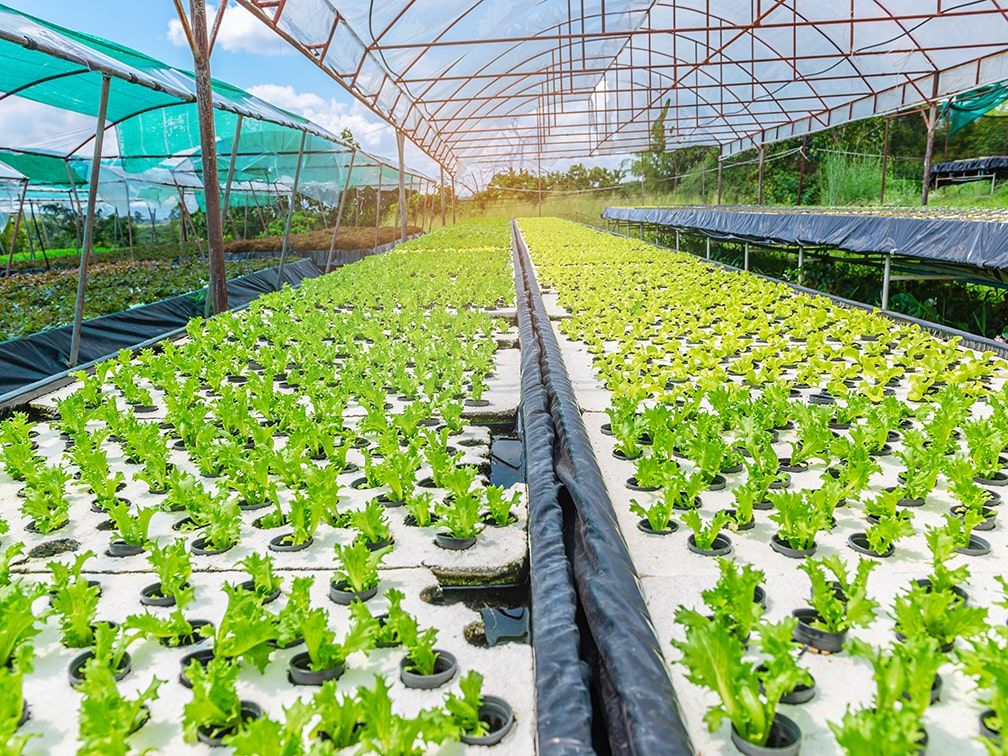
Conclusion
Overall, setting up and running a commercial hydroponic operation requires significant upfront and ongoing investments. The major equipment such as growing trays, lighting, ventilation, and plumbing can easily cost tens of thousands of dollars depending on the size of the operation. Nutrients, energy, and labor are also considerable recurring expenses. While economies of scale allow larger farms to spread out costs, even a small hydroponic setup may require $20,000 or more just to get started.
Based on typical costs, we can estimate that a 5000 sq ft commercial hydroponics operation would need roughly $80,000 in startup costs for equipment and building modifications. Ongoing yearly costs including nutrients, electricity, and labor could total $60,000 or more. Larger operations of 1 acre+ may require over $500,000 in startup costs and $200,000 in yearly operating expenses.
However, hydroponics can achieve much higher yields per square foot compared to traditional farming. For many high-value crops like lettuce, tomatoes, or herbs, the potential profits can offset the substantial investments required. Thorough planning and cost management remains essential for succeeding with hydroponics commercially.

